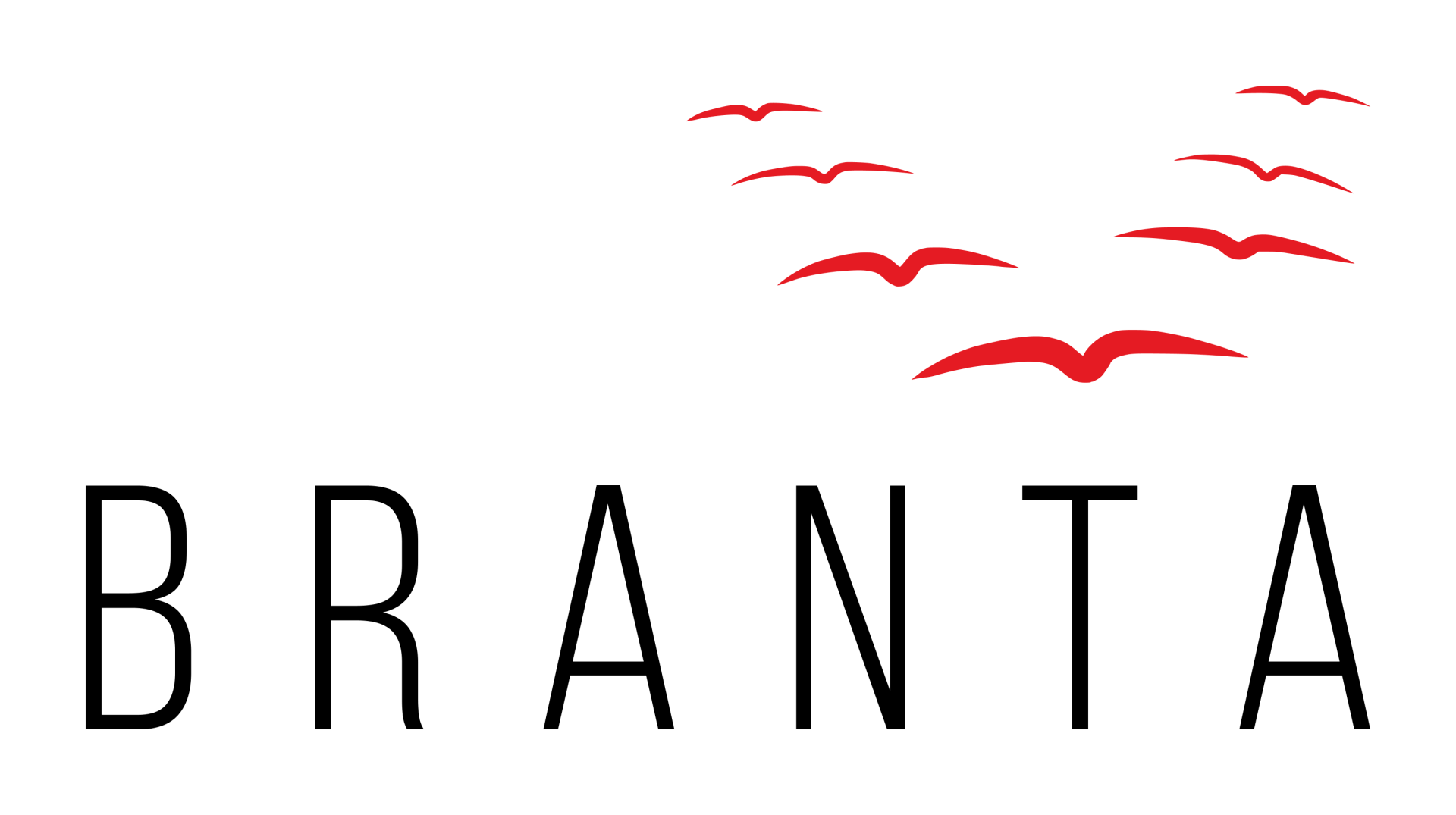How do you know if you can afford the repayments on your BBLS / CBILS?

The first repayments have now been made by borrowers of the UK Government’s Coronavirus Business Loan Schemes. The total amounts lent have been eye-watering. There’s an enormous quantity of money due to drip back over the course of this coming decade. These first repayments may have hurt since borrowers had been given an initial 12 months free of paying anything back, no interest or capital. Companies were given access to the cheapest capital they could ever hope to find.
If you’ve started making the first of your loan repayments, how do you know if your company's financial performance is strong enough to support them? Should you take advantage of one of the deferral mechanisms (such as Pay As You Grow for BBLS) or should you get on with repaying what you owe? If you can't afford them, where do you focus your attention when trying to fix the situation?
We’ll give you some introductory tools to think about your company’s ability to make scheduled repayments or not. If you’re a company decision-maker, these techniques can help to appraise your company’s own ability to repay. If you are worried about meeting scheduled repayments, then these techniques may also begin to diagnose where things might be creating a problem in your company.
The fiscal cost of CV19 will be enormous
Lenders guaranteed by the UK government have put an enormous amount of capital into businesses via the Coronavirus Business Loan Schemes. At last count here’s how much had been lent into the UK economy to support companies through the pandemic:
- CBILS £26.4bn across 109,877 loans
- CLBILS £5.6bn across 753 loans
- BBLS £47.4bn across 1,560,309 loans
And now that it’s time to start repaying this wall of capital back, how do you know if your business is in good shape to make repayments, or should you start thinking about what to do next if you can’t?
Is my business ready to repay what we owe?
When you make any loan repayment, the amount that you repay to the lender comes from only one of four sources:
1. Cash flow
2. Asset sales
3. Refinance
4. Third-party support
No matter how complicated your business or its financial affairs, that’s it; all type of repayments can be placed under one of these four headings. Knowing a little about each repayment source can help you understand whether it’s strong enough to support your scheduled repayments.
So let’s have a look at each one:
Cash Flow
This can be very simply defined: over a given period of time, your company’s income less its costs. It sounds a lot like profit (or loss), but it’s less of an accounting measure and more of a useful business indicator. Since it does away with some of the principles of accounting, it’s a much closer measure to how your company’s cash levels are actually performing. Profit can often be misleading.
Here's a useful introductory definition of cash flow:
Cash flow = Turnover - costs + depreciation + amortisation +/- change in net working capital - capital expenditure - dividends - tax paid
But despite its usefulness, for non-specialists it’s not an easy number to calculate. Even most accountants won’t be familiar with its calculation. So you’re going to probably need professional assistance in making sure you’ve got it right.
But once you’ve got the number properly identified, you can begin to really understand whether your business is able to make the scheduled repayments that are being demanded.
You can do this by ensuring that your cash flow covers the debt repayments by a certain ratio. For example, if your cash flow is £120,000 per year and your total annual debt repayments are £100,000, that ratio is 1.2x.
All the while the ratio is greater than 1.0x, your company’s cash flow is able to meet its scheduled debt repayments.
A key indicator at your monthly board meeting then might be tracking that ratio. You and your team could decide upon a minimum level that you feel comfortable operating at. You shouldn’t set it at 1.0x, because this wouldn’t give you any early warning or padding that your company might be entering a period where it couldn’t pay its debts. You’d need to decide upon a level greater than 1.0x dependent on the predictability of your cash flow. For example, you might set an alarm to go off when the ratio drops below 1.3x.
And don’t ever confuse cash flow with revenue, turnover, or sales. We often hear from businesses about certain deals being “good for cash flow”. Often this will be a business owner misdescribing a large, low profit, or even loss-making deal. In actual fact, these are the complete opposite of being “good for cash flow”.
Asset Sales
It may be the case that the source of your loan repayment will come from the sale of an asset. This could be where you’ve taken a property bridging loan to develop and sell a building. When it’s time to repay the loan, you’ll likely use the sale of the property to repay the lender (and keep the profit for your business). Because whilst you’ve been developing the building, you won’t have had any cash flow (as defined above) to repay the loan.
Another common example of asset sales being used to repay lending is invoice financing. The payment from your customer in exchange for your goods or services has been used to repay the indebtedness to the IF lender.
If, however you need to start selling company assets to fund a cash-flow loan, you need to conduct an urgent review of your business performance. For larger loans and from sophisticated lenders, there will be inherent triggers in the loan documentation that will monitor whether your cash flow is on track and whether you are being forced to switch to asset sales to fund your loan repayments.
If you just have a simple loan like a BBLS though, there’s likely to be less monitoring and you should keep cash flow under your own constant review.
Refinance
Refinancing is a way to repay a debt, usually when better terms are on offer from another lender. The new debt simply repays the old debt. There aren’t many situations when a lender will provide a loan on the basis of their repayment source being a loan from another lender. It’s just not certain enough for them.
However, refinancing is often used opportunistically by borrowers. Let’s say you borrowed some expensive debt to redevelop an office for an incoming tenant. When the redevelopment is completed, the office has increased in value and the tenant is paying you a stable rental income. Now is the time to refinance the expensive debt on to something much cheaper.
The most common scenario for refinancing is at the larger end of the lending spectrum where corporates will borrow on a revolving basis. It’s highly likely towards the end of the facility lifetime that the borrower will have numerous refinancing options.
Don’t confuse refinancing with restructuring. They are two very different things. Refinancing sees the original loan repaid; whereas restructuring involves the modification of existing terms to make the loan more appropriate for the prevailing situation. Restructuring is commonly used in distressed situations.
Third-Party Support
The final way of repaying a loan is by receiving support from a third-party. This could take several forms but works by the same principle. That if you can’t afford a loan repayment, another party will pay it for you. This could be a mum and dad guaranteeing their child’s first mortgage, a director personally backing a loan to their small company, or a corporate subsidiary being guaranteed by a parent company.
By setting out the four repayment sources in this simple way, you should now be able to see why lenders structure their loans in the way that they do. They will identify the primary repayment source, and in the event that it fails, they can turn to a secondary or tertiary option instead.
Now let’s put it all together and take an easy example. A company director takes a loan from a bank to buy a new piece of machinery via her company. The bank takes a legal charge over the machinery and a personal guarantee from the director. In this example, the lender has access to three sources of repayment:
- Cash flow – the earnings the business generates above its costs and outgoings to service the debt;
- Asset sale – should the cash flow of the business not be able to repay the debt, then the lender can seize and sell the piece of machinery to reclaim what it’s owed;
- Third-party support – finally, if the sale of the machinery doesn’t cover the outstanding amounts, then the lender can seek to claim what its owed from the director personally since she has guaranteed the loan.
So, how do I know whether I can afford my BBLS/CBILS repayments?
Now you know how loan repayments are made generally, let’s have a think about your BBLS/CBILS loan. In the vast majority of cases, most support will have been made available via a term loan with scheduled repayments. The majority of which will be repaid by borrowers hoping to generate sufficient future cash flow to repay the debt.
If the cash flow is too low to support the repayments, then the business may turn to selling company assets to fund the shortfall. In a lot of BBLS/CBILS cases the lenders did not take tangible security over assets, so this repayment source may or may not be relevant.
Then the big one… third party support. A key feature of the CBLS schemes was the guarantee from the UK Government to the lender. It ranged from 80% to 100% of the loan and interest.
But on the basis that no company will want to willingly liquidate its assets to repay loans and you don’t want to get to a point where the government steps in, you need to be all over your cash flow numbers to ensure they’re strong enough to meet you debt obligations. This means calculating that cash flow and comparing it to the cost of servicing your debts to make sure that ratio remains as high above 1.0x as possible.
Once you know how your cash flow’s made up, you can then begin to take focused, surgical actions to attempt to resolve any issues you have.
Remember
- Calculate your cash flow. Seek professional help if you're in any doubt.
- Understand the constituent ingredients of your cash flow so you can take surgical actions to address underperformance.
- Ensure cash flow comfortably exceeds your debt service costs.
- Keep it under regular monitoring so you can act early.
If you want to discuss any issue relating to your financial performance or your ability to meet your company debt obligations, feel free to contact us at info@branta.co.uk and we’ll happily talk things through with you.




